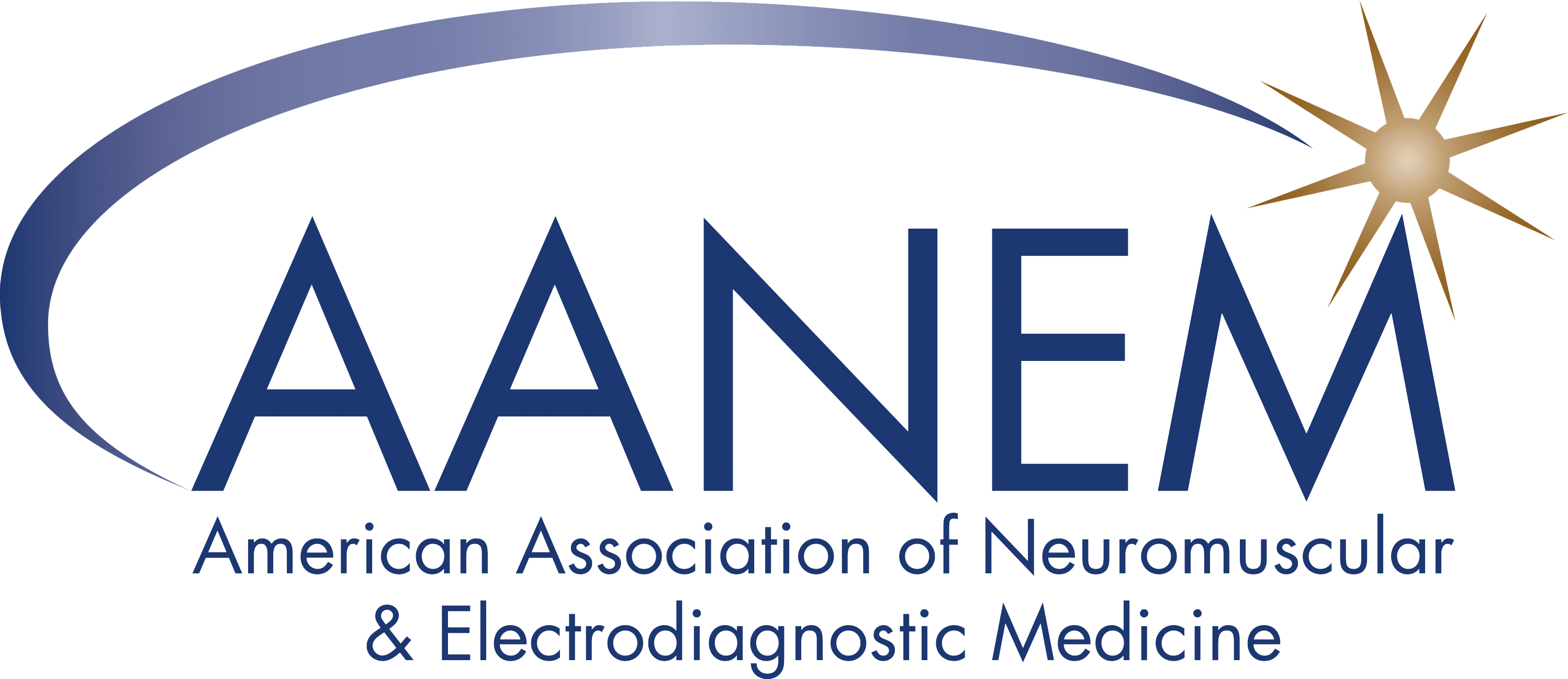Science News: Optimization of Muscle Selection for Needle Electromyography in Isolated C6 Root Lesion: A Prospective Chart Review Study
Published February 25, 2025
Science News
Submitted by: Nandita Keole, MD
Edited by: Nakul Katyal, MD
Citation: Rayegani SM, Bahrami MH, Aalipour K, Malek Mahmoudi R, Maleki Kahaki S. Optimization of muscle selection for needle electromyography in isolated C6 root lesion: A prospective chart review Study. Am J Phys Med Rehabil. 2024;103(5):439-443. doi:10.1097/PHM.0000000000002369
Conclusions: The pronator teres is the most involved muscle of patients diagnosed with C6 radiculopathy. It might be considered the key muscle for screening and accurate diagnosis of C6 root involvement.
Comments: This was not a blinded study which may have added bias. There is no mention of cervical paraspinal being tested in these patients. This highlights the importance of including the protaner teres muscle during EDX testing where a C6 radiculopathy is suspected.
